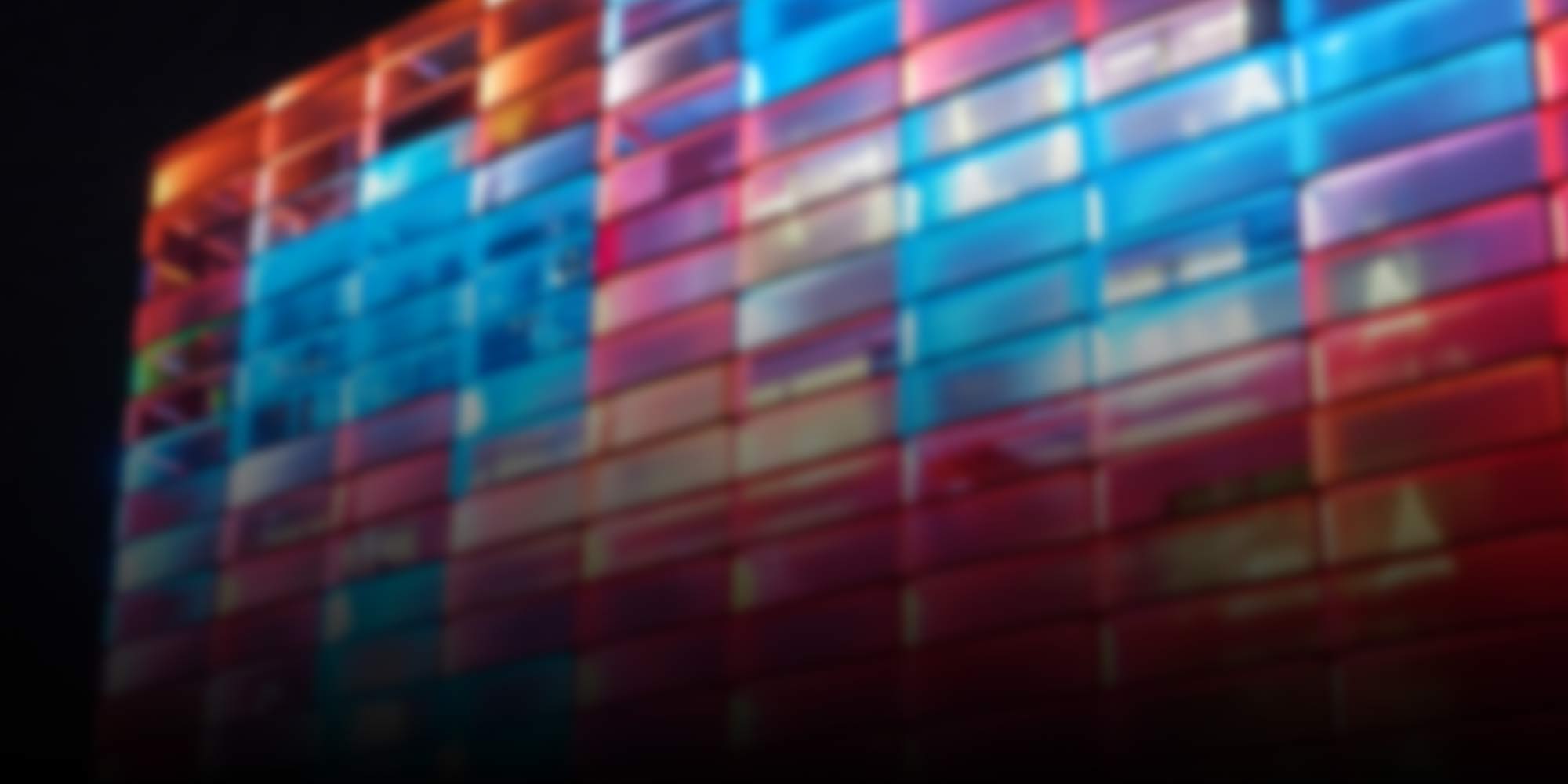
Artists
-
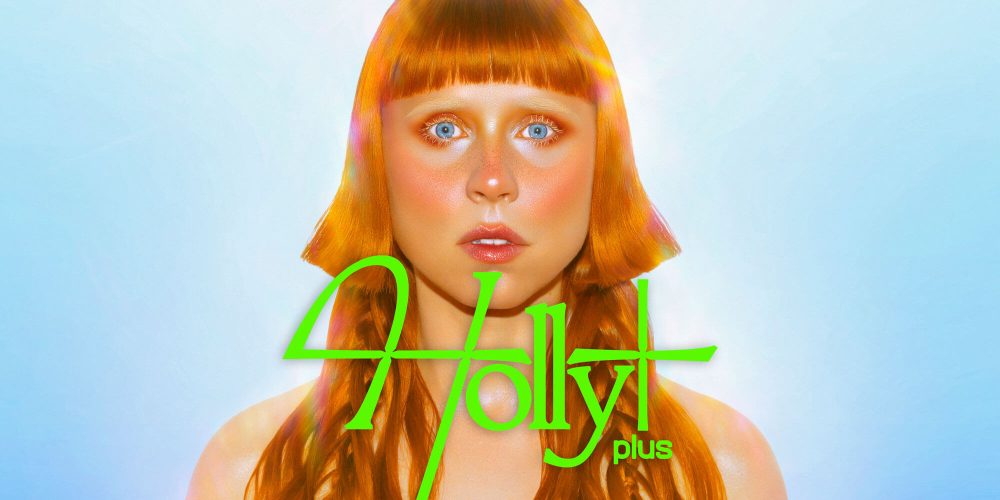
Holly+: Come and sing like Holly Herndon!
“It takes a village to create something special” and Holly Herndon and her team have succeeded in doing just that. In the interview, she presents her machine learning project in more detail, for which she has now received the European Commission’s STARTS Prize 2022.
-
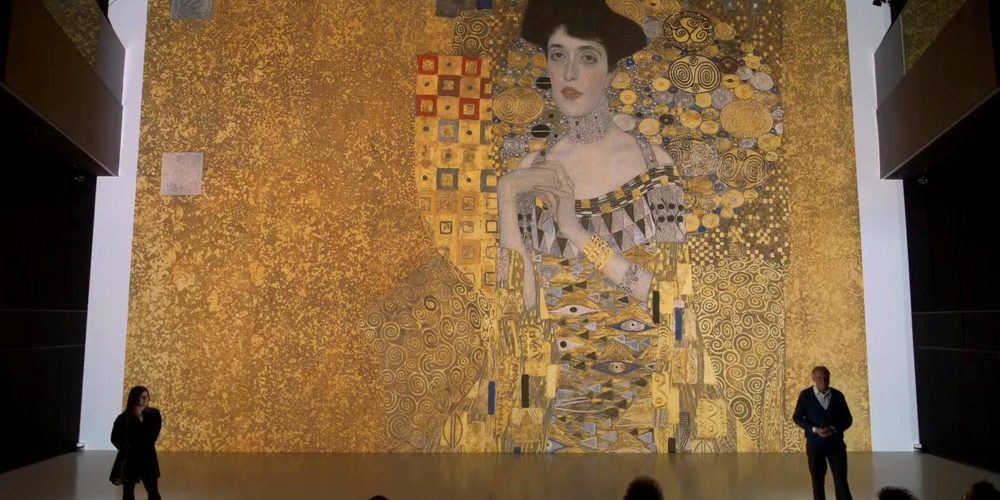
The Woman on the Picture
Gustav Klimt and Rebecca Merlic placed the image of the woman at the centre of their artistic work – an analysis.
-

The Sky above Atacama: Chilean Artists at the Ars Electronica Festival 2022
The interaction between the Atacama sky and clouds with the local audience in Linz: these Chilean artists will represent their home country at the Ars Electronica Festival 2022.
-
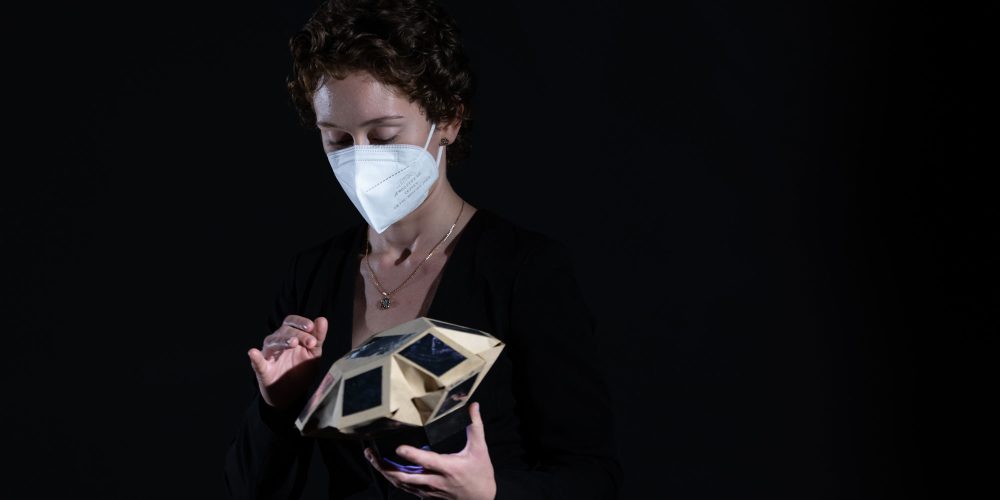
Origami, robotics and a new world of music
How do origami and robotics create music? The Ars Electronica Futurelab’s new video presents the world of oribotic instruments.
-
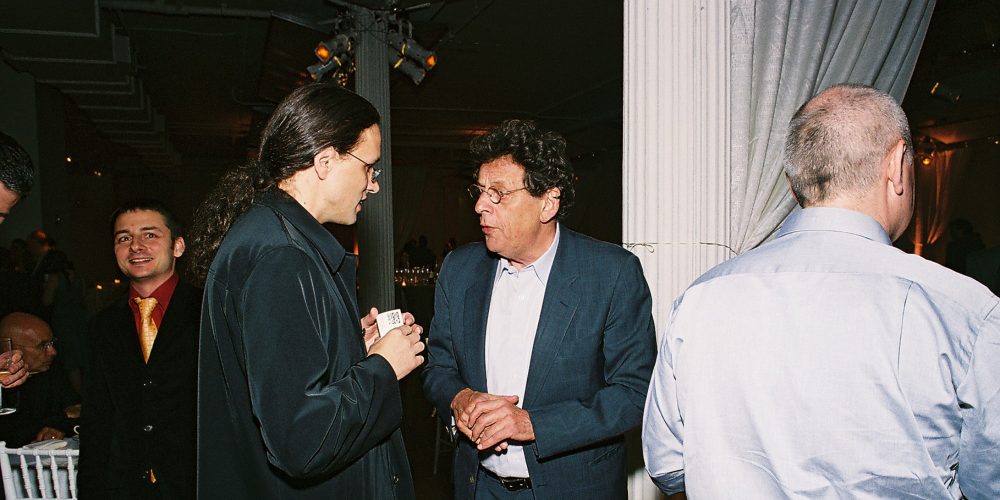
Happy Birthday, Philip Glass!
Philip Glass, the most famous representative of minimal music and longtime companion of Ars Electronica, celebrates his 85th birthday – we congratulate him!
-
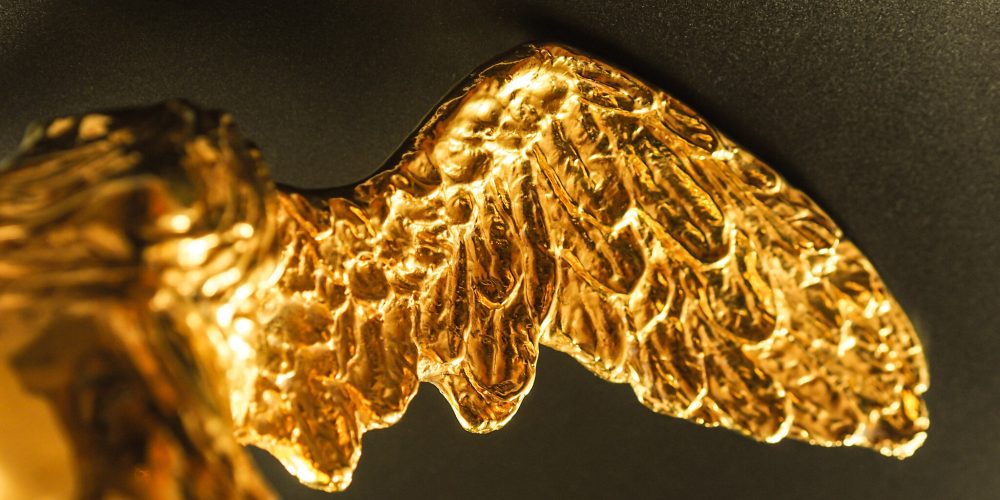
Prix Ars Electronica 2022: Here we go again!
The Prix Ars Electronica kicks off the New Year! For the 35th time in a row, the world’s most traditional media art competition is entering the next round.
-
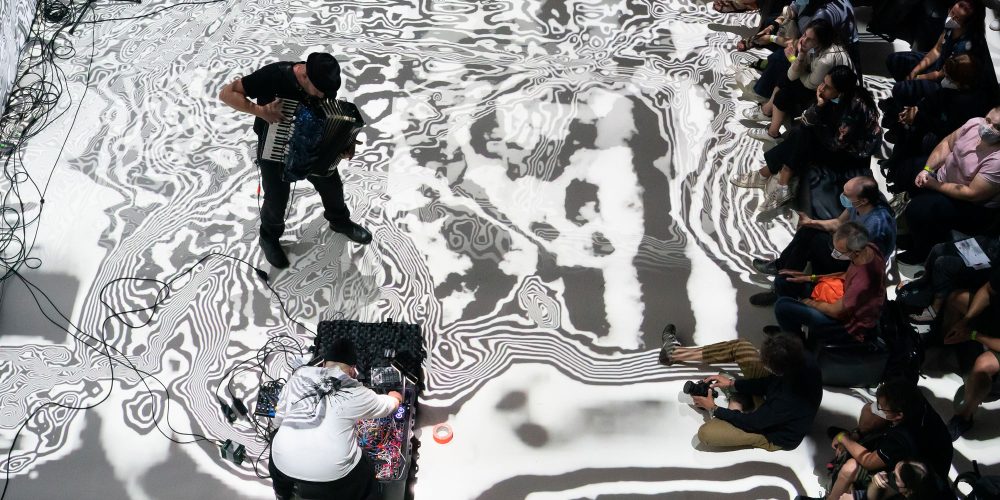
11°22’4”142°35’5” – Noise and Visuals in Deep Space 8K
Accordion Noise and Visual Performance 11°22’4”142°35’5” took us down to the deepest point of the Mariana Trench as part of the Ars Electronica Futurelab’s Night Performances in Deep Space 8K.
-
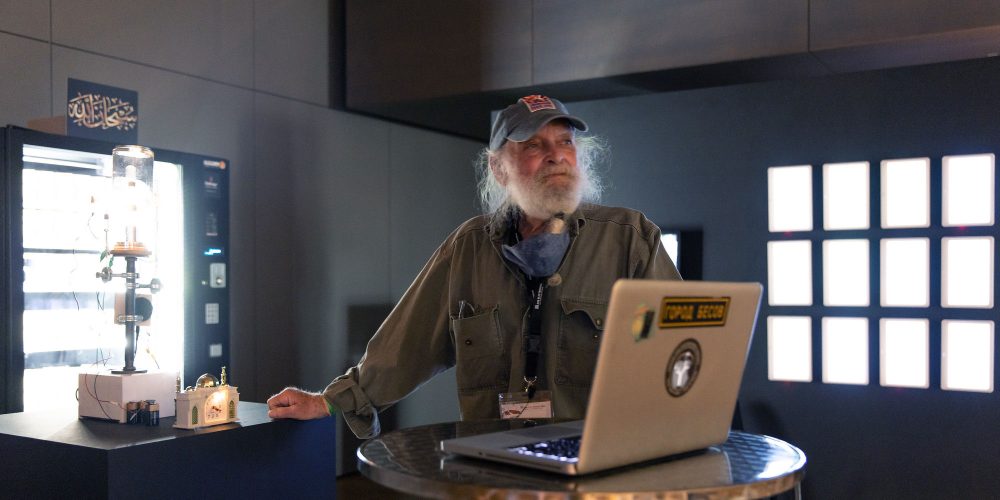
Joe Davis: In Search of Paradoxes
Just recently, Joe Davis and Sarah Khan stored 2,417 quintillion angels on the head of a pin. Reason enough to talk to the BioArt pioneer about the connection between art and science.
-
![[ˈdaːzaɪn] – Audiovisual Performance](https://ars.electronica.art/aeblog/files/2021/09/51443064605_0d1cf63418_o_2000x1000-1000x500.jpg)
[ˈdaːzaɪn] – Audiovisual Performance
Embedded in a technical, symbolic and metaphysical universe, the audiovisual performance [ˈdaːzaɪn] by media artists Arno Deutschbauer and Micha Elias Pichlkastner alias “Sective” immersed the packed Deep Space 8K in a reloaded atmosphere.
-
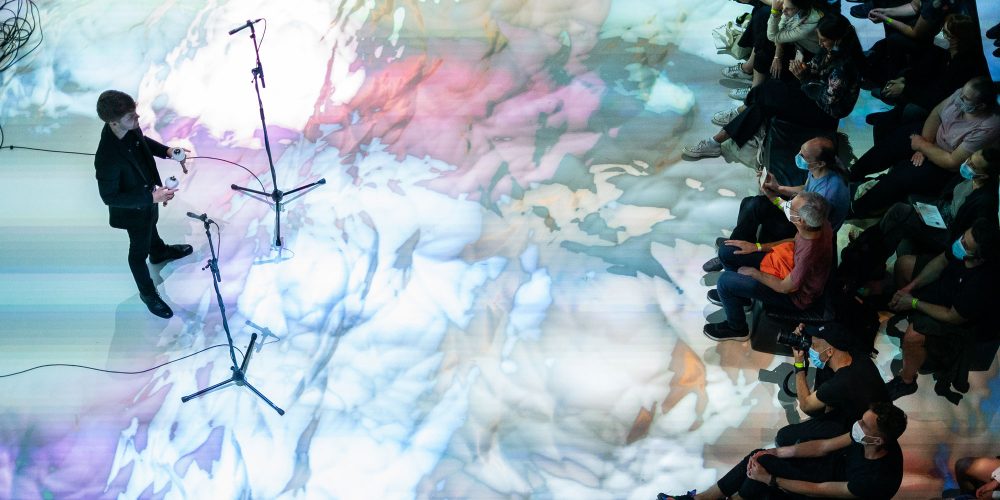
Temazcal – The art of percussion
An acoustic, visual and digital interpretation of Javier Alvarez’s “Temazcal” for maracas by percussion artist Elliott Gaston-Ross to live visuals by Florian Berger.
-
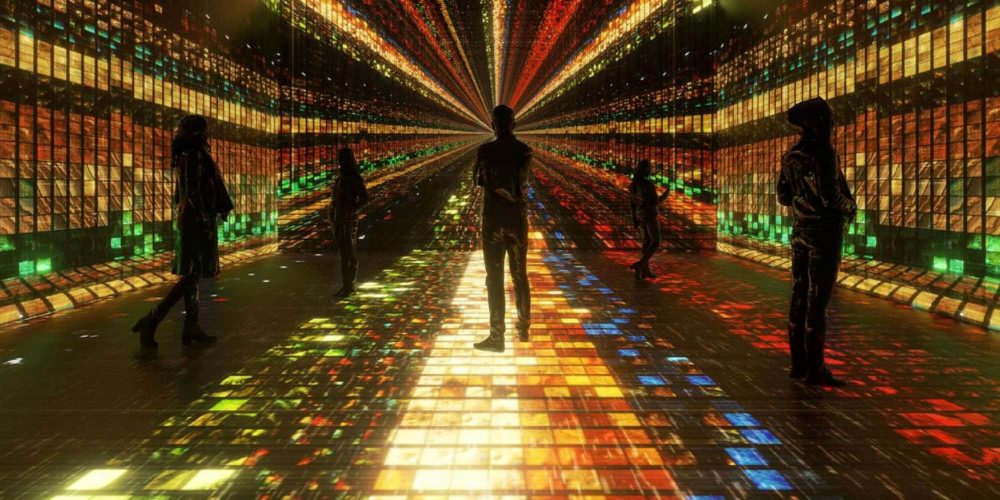
Refik Anadol: “Buildings can dream”
With his large-scale visualizations and animations, media artist Refik Anadol brings incomprehensible numbers and measurement data to life and returns them to the physical world.
-
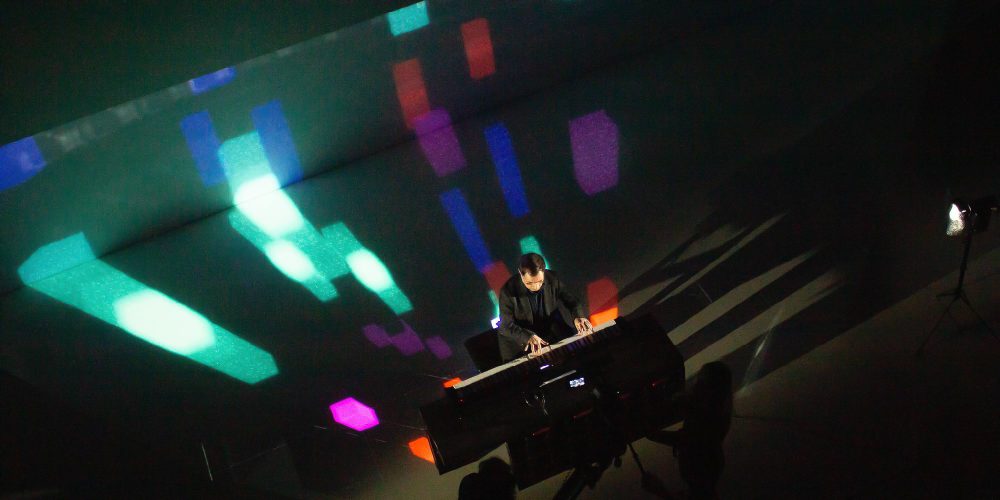
Sounding Letters – AI and human intelligence in concert
There have been many attempts to express music in words. But what happens when you transform a sequence of letters into music with the help of Artificial Intelligence?
-

When Artists make use of Artificial Intelligence
The powerful tool “artificial intelligence” is increasingly finding its way into media art. Three artists talk about how they use AI and where they see their role as artists.
-

It’s a wrap! This was the first ArtScience Residency enabled by Art Collection Deutsche Telekom
AI, bias, listening infrastructures and art: Laura Welzenbach, Head of Ars Electronica Export, is looking back at the first year of the ArtScience Residency enabled by Art Collection Deutsche Telekom.
-

Creative (Artificial) Intelligence
What differentiates analog from digitally generated work?
-
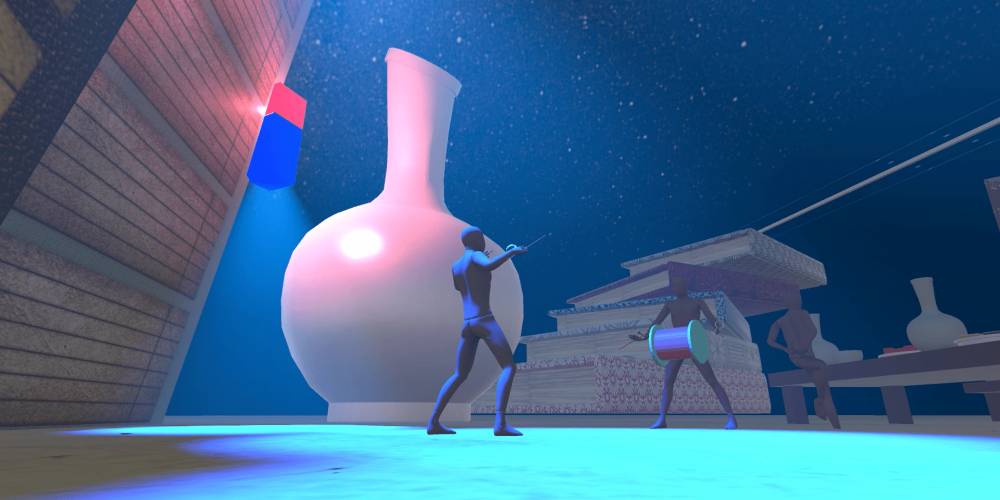
K’ARTS Garden: “Our work is fresh and fun”
Ars Electronica accompanied K-ARTS students for one semester. The result were eight artworks that will be shown at the Ars Electronica Festival.
-
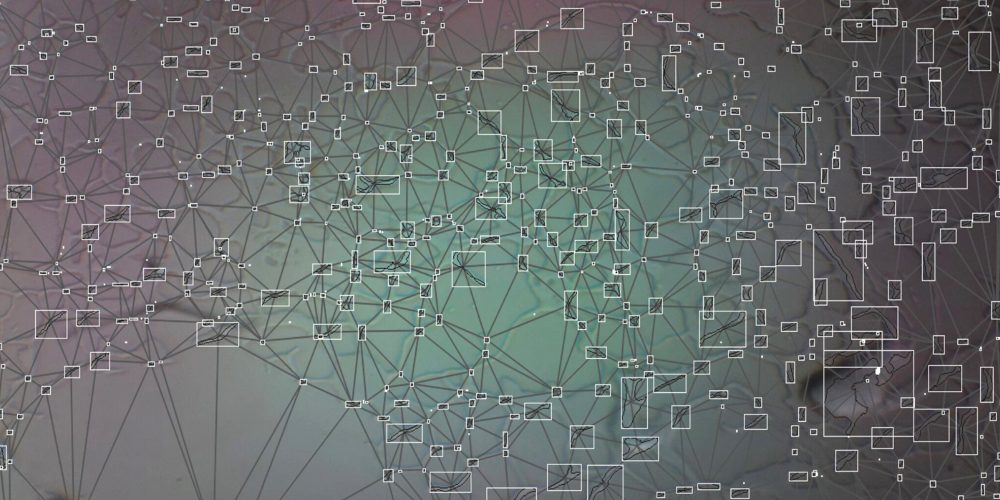
Artificial intelligence as a meta-researcher
An international collective experimenting between art and science. A multidisciplinary educational organization to explore the origin and nature of life in the universe and the evolution of intelligence. The beginning of a wonderful friendship.
-

He lets mini-robots make music
An interview with this year’s EMAP Residency Artist: Moritz Simon Geist!
-
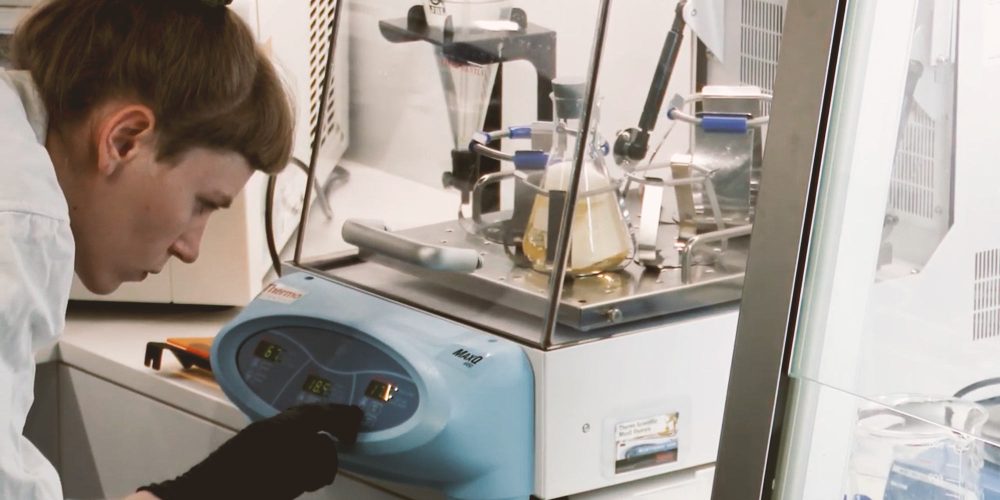
Textiles dyeing with Bacteria
No harmful chemicals, significantly lower water consumption. Julia Moser explains how pigment bacteria are used to color clothing. (German language)
-
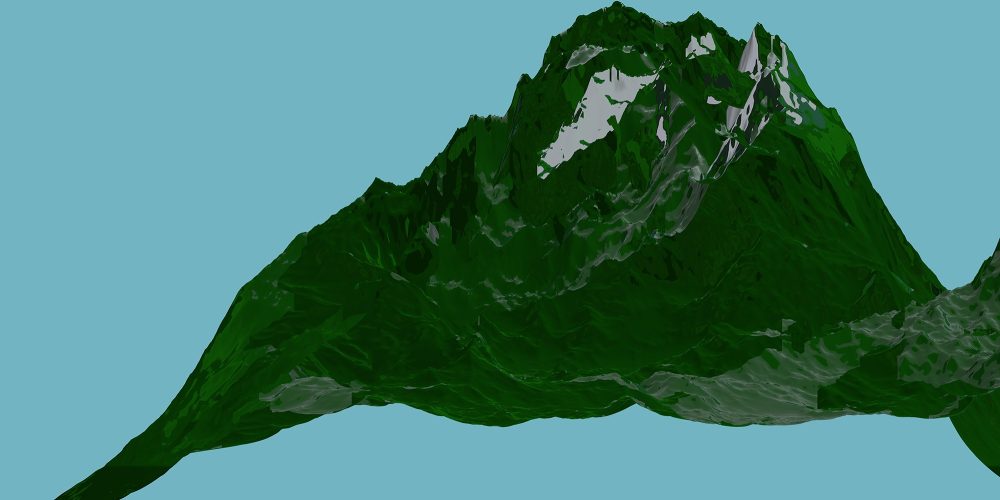
The Future Is Coded
Travel restrictions raise new challenges for cross-boundary artistic/scientific research. Residencies at the Ars Electronica Futurelab remain a source of mutual inspiration.
-
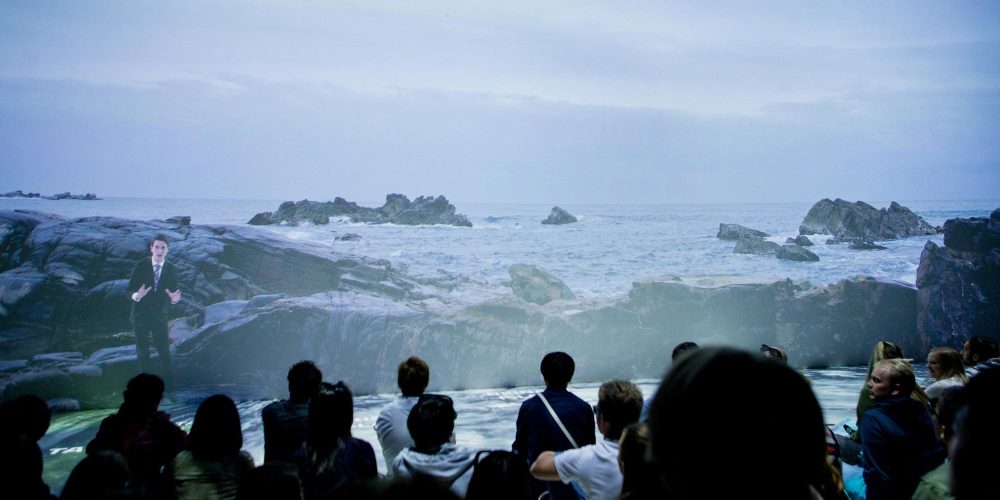
Resonant Media – How 8K can affect perception and emotion
Visual media make the invisible visible; document, capture, make emotional. They capture the moment for eternity.
-

Who was Isao Tomita?
He not only laid the foundations of the synthesizer boom, but also pushed boundaries and influenced numerous sound artists.
-
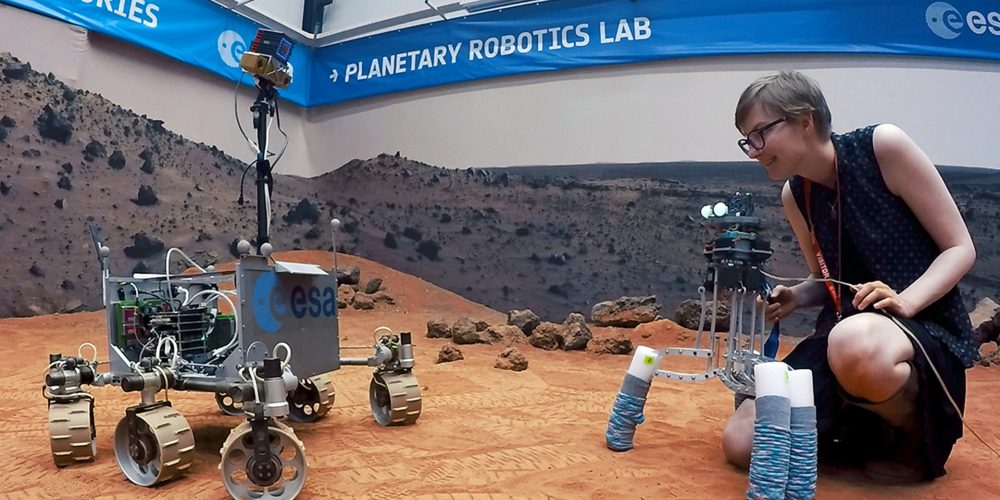
Step into Space
Wanted: Our place in the universe. Found: A team that combines humans and AI to answer fundamental questions. Sarah Petkus and Mark J. Koch aim to educate artificial intelligence to become an individual.
-

About disappearance
In 2020, Wolfgang Fadi Dorninger receives the City of Linz’s Art Appreciation Award in the category of Media, Product and Communication Design and defy the event-free times with a performance on December 1 in the Ars Electronica Center’s Deep Space 8K that will be broadcast on Home Delivery. A different kind of awards ceremony.
-
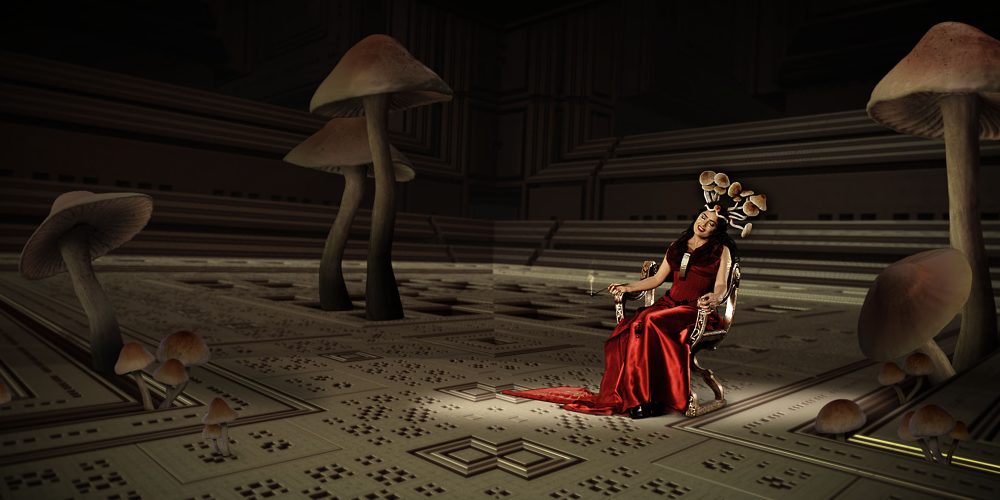
Ars Electronica Gallery Spaces Garden
2020 is a truly blasted year for the art industry, as available resources were concentrated first and foremost in politics and health care to overcome the crisis. And so the ice was getting thinner and thinner for the art business, and it became clear that a new assessment of the situation was necessary – and…
-

Strolling Between the Disciplines
The JKU campus as a place of encounter and as a place for projects that can only be discovered by strolling through the park and looking attentively into the air. JKU LIT @ Ars Electronica as well as the Garden Exhibition in Kepler’s Garden on the JKU Campus feature playful projects that combine various disciplines.
-
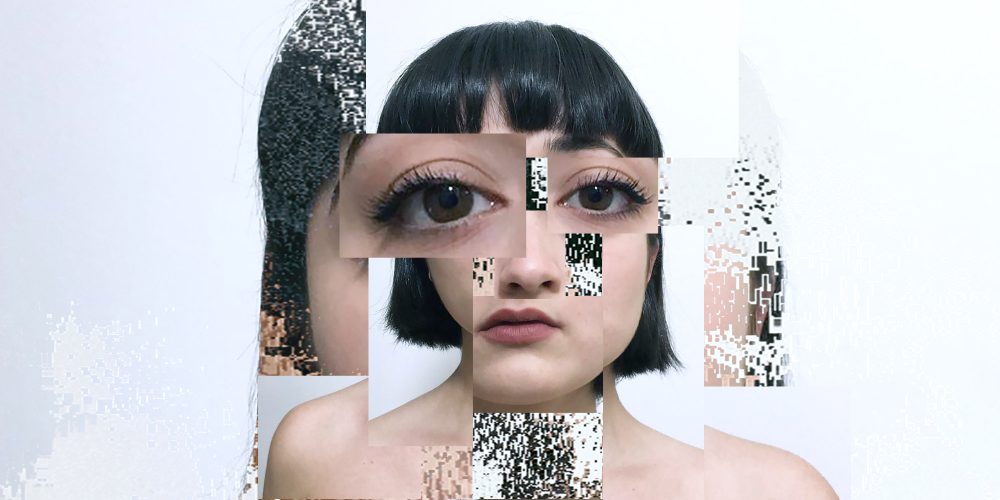
THE WILD STATE
A prairie in the Wild West, a futuristic pirate island on the ocean, people dancing at Burning Man – what images emerge in front of your inner eye when you hear THE WILD STATE?
